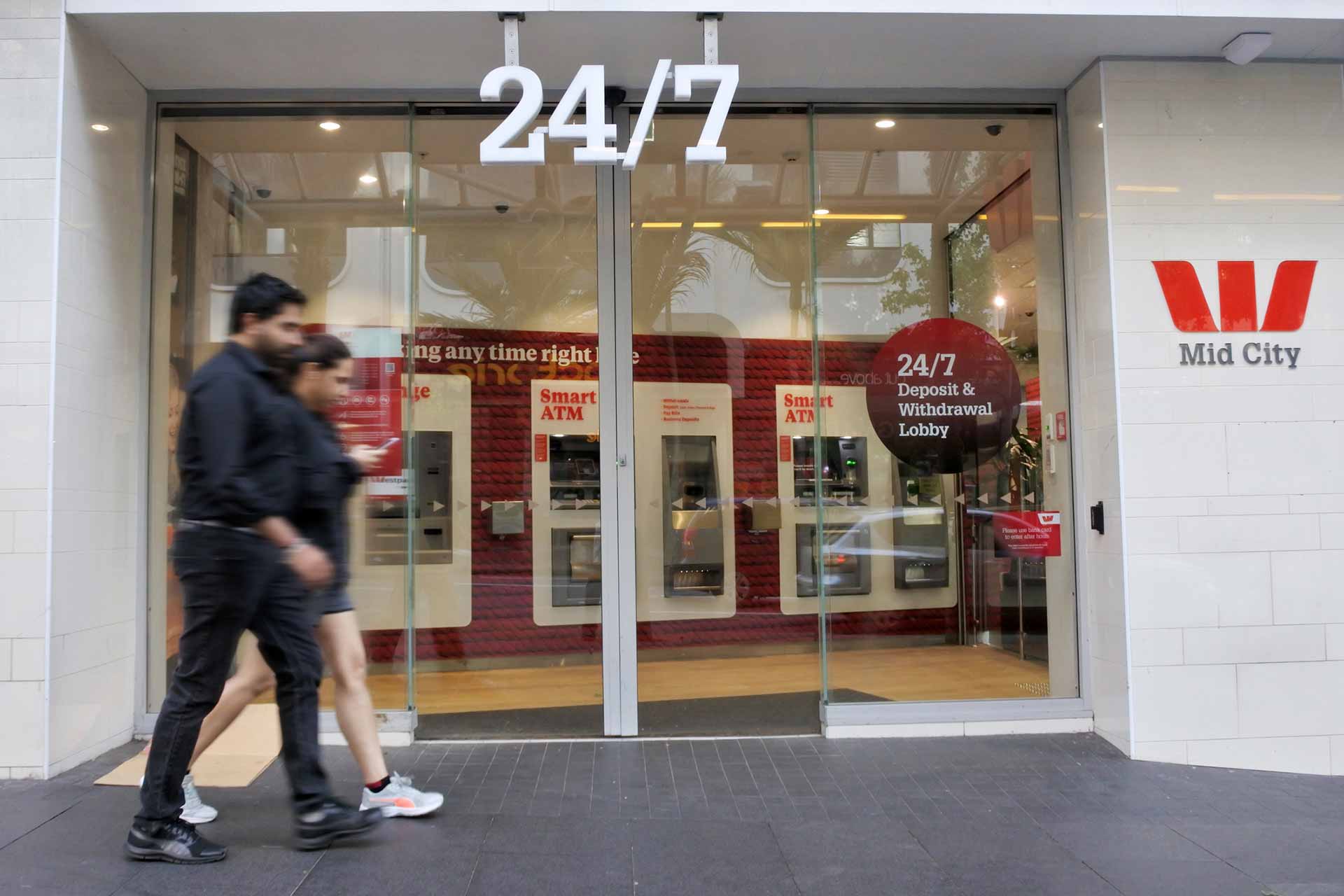Most people will obtain lending from a bank or financial institution at some stage and in particular when purchasing property. Here are some of the key terms that you may come across when signing loan documents.
Joint and Several
If the lending is in joint names, the borrowers will be jointly and severally liable for the borrowing. What this means is that both of the named borrowers are equally liable for the entire lending amount i.e. the bank has the option to request repayment from only one of the borrowers. Similarly, if one of the borrowers were to pass away, then the responsibility for the lending would pass to the survivor.
Security or Secured Property
A bank may often require that they take security for any lending. For example, if you are purchasing a property, ordinarily a bank would require security is granted (in the form of a mortgage) over the property that you are purchasing. If you could not repay the lending or breached your obligations under the loan agreement, the bank could sell the mortgaged property and use the sale proceeds to repay what they are owed.
Memorandum of Mortgage
A bank’s terms and conditions in relation to a mortgage are set out in their Memorandum. This should be provided to you prior to signing the loan documents. Each lender’s terms vary but there are some general terms which apply to all mortgages. These include that you will keep your rates up to date, you are required to keep the property insured at all times and you have to note the bank’s interest as mortgagee on the insurance policy. As the bank has an interest in the property, if you were to complete renovations at the property, you should be letting your bank know. The Memorandum also sets out the penalty provisions if you were to default on the lending.
Priority Amount
Your mortgage will include a priority amount. The priority amount is the maximum amount (plus interest) which a bank can recover from a borrower if you were in default. The priority amount is not the amount you owe the bank. If you defaulted on your loan repayments and the bank had to sell your property to recover the lending, the bank would have priority over any other creditor up to that amount.
Guarantee
Sometimes a bank or lender will require that lending is guaranteed. For example, if lending is being granted to a company, a bank may require guarantees from the directors personally. A guarantor is personally liable for payment of any amounts owed to the bank and they agree to perform the obligations under the loan agreement as if they themselves were the borrowers. The lender has the option to request repayment from the guarantor instead of a borrower if they choose. A guarantee can be unlimited. If a borrower and guarantor cannot repay the lending, then the bank can sell any properties which they have a mortgage over to recover the amounts owed to them and this may include either the borrower’s property and/or the guarantor’s property. In some circumstances, before signing a guarantee, the guarantor may be required to obtain independent legal advice and they may not be able to waive this requirement.
Cash Contribution
Banks may also provide borrowers with a cash incentive for banking with them. Often this is in the form of a cash amount which they will pay to borrowers after settlement. Please note, often these cash amounts are offered to borrowers on the condition that they keep their lending with the bank for a certain period of time.


